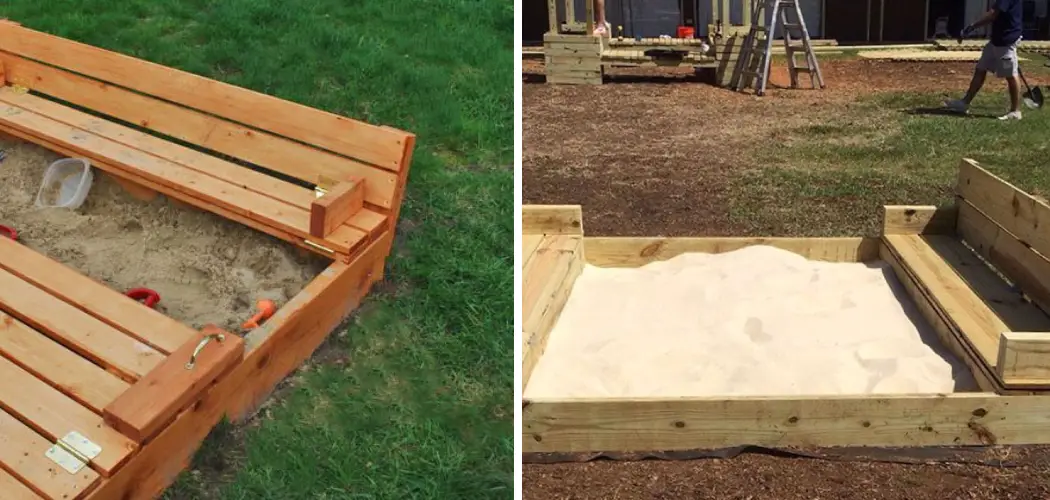Are you trying to ensure your kids can explore the outdoors without worrying about dangerous insects or other critters? Then, building a sandbox in your yard may be the answer for you! Not only is it an easy and fun way to get your little ones outside, but a sandbox can help protect them from potential threats if done correctly. In this post, we’ll show you how to cover a sandbox to protect its contents from the elements while allowing kids’ creativity to run wild.
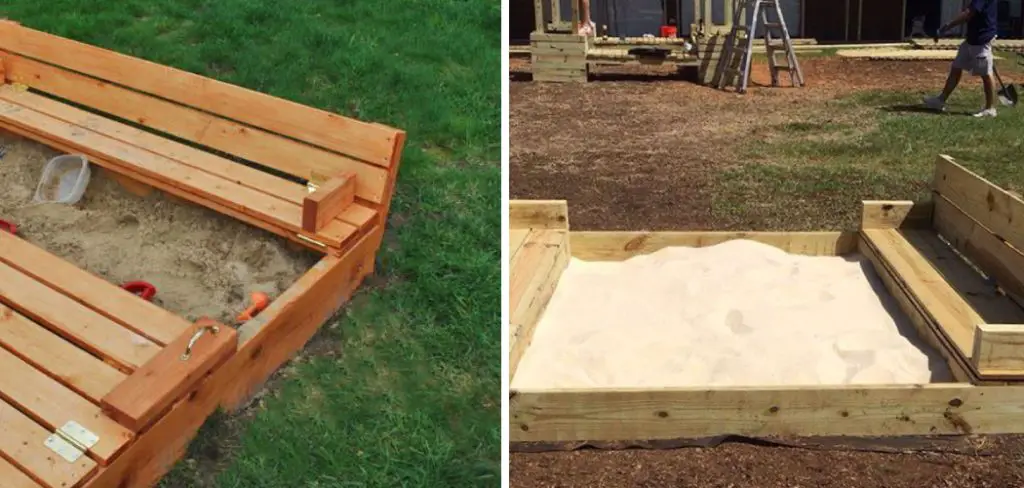
We’ll discuss different covering methods, the materials needed, and tips on easy installation. With just a few steps and some extra materials, you can cover your sandbox securely so everyone in the family can enjoy outdoor play. Read on to find out more about how to cover sandbox properly!
Necessary Items
To properly cover a sandbox, you’ll need some basic materials. These include:
- Tarp or Sandpit Cover: This is the most common way to cover a sandbox. Depending on your preference and budget, you can use either a tarp or a specialized sandpit cover.
- Anchors: The best way to secure your covering is by using anchors. These come in various forms, such as metal stakes or plastic pins.
- Velcro Strips: If you’re using a tarp, velcro strips will help secure the edges and prevent water from entering.
- Scissors: These are needed to cut down your tarp or sandpit cover for proper fitting.
10 Steps on How to Cover Sandbox
You can use several methods to cover your sandbox, depending on your budget and preference. These include:
1. Tarp Covering
This method is the most affordable and versatile option. You can easily find tarps in various sizes and materials and materials at any hardware or home improvement store. To cover your sandbox using a tarp, follow these steps:
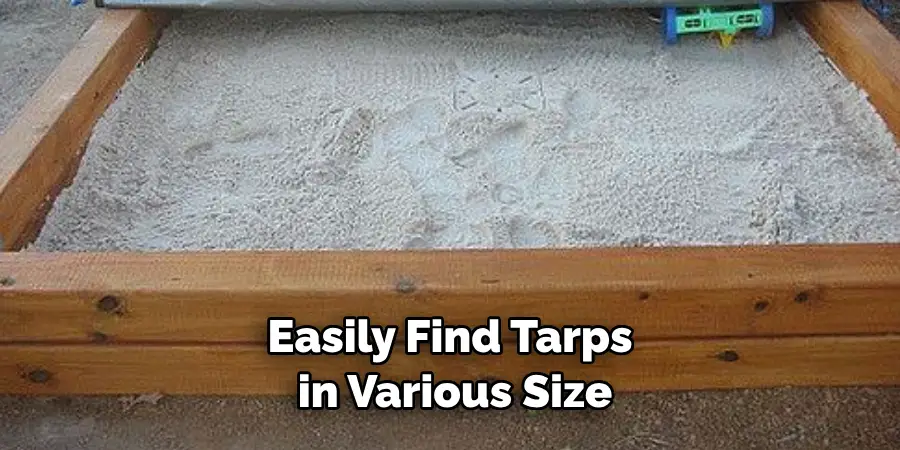
Measure the dimensions of your sandbox and add a few inches to each side for proper fitting. Cut your tarp accordingly. Attach them to the tarp’s edges if you’re using Velcro strips. Place the tarp over your sandbox and secure it using anchors on each corner.
2. Sandpit Covering
If you want a more specialized and fitted cover for your sandbox, then a sandpit cover is the way to go. These covers are made specifically for sandboxes and usually have an anchoring system. To cover your sandbox using a sandpit cover, follow these steps:
Measure the dimensions of your sandbox and purchase a cover that fits accordingly. Follow the instructions provided by the manufacturer for proper installation. Secure the cover using its anchoring system.
3. Mixed Method
If you want to get creative and devise a way of covering your sandbox, you can mix methods. For example, you can use a tarp as your base cover and add a sandpit cover on top for protection.
4. Shade Sail Covering
If you want to provide shade for your kids while they play in the sandbox, a shade sail cover may be the way to go. These covers are made from breathable fabric and come in various sizes and colors. To use a shade sail as a cover for your sandbox, follow these steps:
Purchase the appropriate size and color of shade sail for your sandbox. Follow the manufacturer’s instructions for proper installation. Secure using anchors or ropes.
5. Wooden Covering
You can build a wooden cover for your sandbox for a more permanent and sturdy option. This option requires some basic carpentry skills but will provide long-term protection for your sandbox and its contents. To build a wooden cover for your sandbox, follow these steps:
Measure the dimensions of your sandbox and cut four pieces of wood accordingly. Connect the pieces using screws or nails to form a frame that fits over the sandpit. Add hinges on one side to easily open and close the cover. You can also add a latch on the other side for added security. Place the cover over your sandbox and secure it using anchors or ropes.
6. PVC Pipe Covering
If you want to create a lightweight and easy-to-install cover for your sandbox, PVC pipes may be a good option. To make a PVC pipe cover for your sandbox, follow these steps:
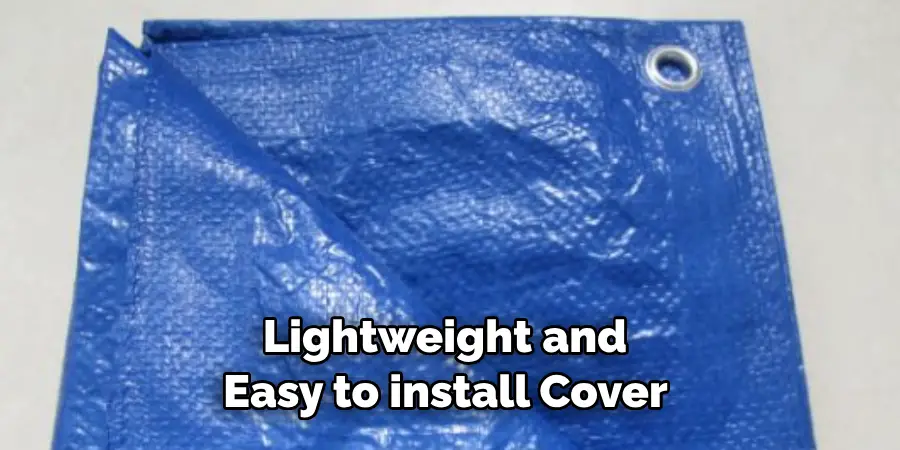
Measure the dimensions of your sandbox and cut PVC pipes accordingly. Assemble the pipes to form a frame that fits over the sandpit. Use connectors or elbows to secure the pipes together. Place a tarp or shade sail over the frame and secure it using anchors or ropes.
7. Umbrella Covering
If you have an old umbrella lying around, you can repurpose it as a cover for your sandbox. To use an umbrella as a cover, follow these steps:
Open the umbrella and place it over your sandbox. Secure the edges using anchors or weights to prevent them from blowing away.
8. Plant Covering
You can also add some greenery around your sandbox to provide natural shade and protection from insects. To use plants as a cover for your sandbox, follow these steps:
Plant some shrubs or small trees around the perimeter of your sandbox. Trim and shape them to create a natural canopy over the sandpit.
9. Sandpit Tent
You can use a kid’s play tent for a fun and unique way to cover your sandbox. To turn a play tent into a sandbox cover, follow these steps:
Purchase a play tent that is the appropriate size for your sandbox. Set it up over your sandpit and secure it using anchors or weights.
10. DIY Covering
Lastly, if you’re feeling creative and have some extra materials, you can create a unique way to cover your sandbox. The possibilities are endless, so let your imagination run wild!
8 Tips for Installing and Maintaining Your Sandbox Cover
1. Dry the Sandbox Cover Thoroughly Before Storage
Before storing your sandbox cover, ensure it is scorched to prevent mold and mildew growth. Use a wet cloth to wipe down the cover and air dry it before storage.
2. Regularly Clean Your Cover
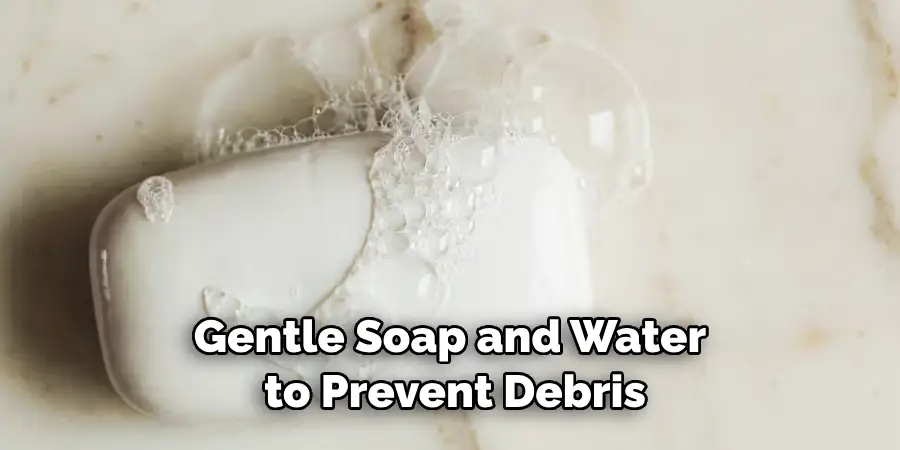
Regularly clean debris using a hose or gentle soap and water to prevent debris from accumulating on your sandbox cover. This will also help maintain its appearance and prolong its lifespan.
3. Check for Tears and Damage
Regularly inspect your sandbox cover for any tears or damage. If you notice any, repair them using a patch or replace the cover if necessary.
4. Use Anchors in High Wind Areas
If you live in an area with strong winds, use anchors to secure your sandbox cover and prevent it from blowing away. This will also help keep the cover taut and prevent sagging.
5. Store Your Cover Properly
When not in use, store your sandbox cover in a dry and cool place to prevent damage from extreme temperatures.
6. Trim Plants Around the Sandbox Regularly
If you are using plants as a cover for your sandbox, make sure to regularly trim them to prevent them from overgrowing and potentially damaging the cover.
7. Use UV-resistant Materials
When purchasing a sandpit cover, look for ones made with UV-resistant materials to prevent fading and damage from sunlight exposure.
8. Remove Cover Before Heavy Rain or Snow
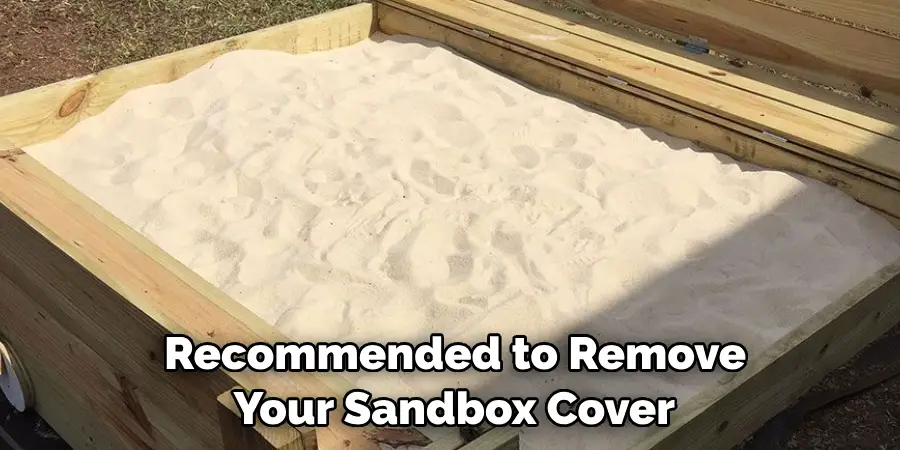
If you live in an area with heavy rain or snow, it is recommended to remove your sandbox cover before the weather hits. This will prevent damage to the cover and keep your sandbox dry for future playtime.
Proper installation and regular maintenance of your sandbox cover will help protect your sandpit and allow for endless hours of fun for your children. Whether you choose a ready-made cover or get creative with DIY options, prioritize safety and durability.
Frequently Asked Questions
How Often Should I Clean My Sandbox Cover?
It is recommended to clean your sandbox cover at least once a month or whenever it becomes visibly dirty.
Can I Use a Tarp as a Sandbox Cover?
Yes, you can use a tarp as a cover for your sandbox. However, there are more durable options, and they may need to be replaced more frequently compared to other materials.
How Long Will My Sandbox Cover Last?
The lifespan of your sandbox cover will depend on various factors such as material quality, weather conditions, and maintenance. On average, a well-maintained cover lasts 1-3 years.
Can I Leave My Sandbox Cover on During the Winter?
Removing your sandbox cover during the winter months is recommended to prevent damage from freezing temperatures and heavy snowfall.
Are There Any Safety Precautions When Using a Sandbox Cover?
It is important always to supervise children while playing in the sandbox, regardless of whether there is a cover on. Secure the cover properly and regularly check for any tears or damage that may pose a safety hazard. Additionally, removing any standing water from the cover after rain or snowfall is recommended to prevent drowning hazards. So, following safety precautions when using a sandbox cover is important. Overall, proper installation and maintenance of your sandbox cover will ensure the safety and enjoyment of your little ones while playing in their sandpit.
Conclusion
A sandbox cover is a simple but essential addition to any backyard play area. It helps keep the sand clean and dry and protects it from UV rays, insects, and other elements. Whether you choose a ready-made cover or get creative with DIY options, follow proper installation and maintenance tips on how to cover sandbox for optimal use and longevity. With an effective sandbox cover, your children can enjoy endless hours of imaginative playtime in their little outdoor oasis. So, don’t hesitate to cover up that sandbox and let the fun begin!

